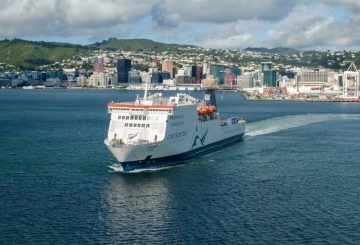Covid-19继续影响南方高等院校的国际学生人数。
奥塔哥大学国际办公室主任杰森·库申说,在2019年,在Covid疫情爆发之前,约有3000名国际学生就读于奥塔哥大学。
自2020年以来,通过政府的拨款,已有148名学生获得了重返大学的许可。
库申说,迄今为止,这些学生中有91人已返回新西兰,57人仍在海外,但预计很快就会返回。
南方理工学院国际主任查米·阿贝辛格表示,国际学生人数也在急剧下降。
她说:“我们预计到2022年将有大约300名国际学生,但其中大多数是即将结束课程的回国学生。”
国际学生只有在获得政府豁免的情况下才能来新西兰。
今年,政府允许1 000名海外学生到新西兰学习,其中300人是大学生。
教育部表示,其余的学生是副学位(300人)和试点学员(400人)。
国际学生在抵达校园开始或恢复课程之前,必须申请学生签证并留在MIQ设施中。
在新西兰移民局于去年年底停止其提供者直接计划后,奥塔哥大学不再能够处理学生签证申请。
库申说,奥塔哥大学已经为那些希望开始或继续在海外学习的学生提供一系列在线课程做出了规定。
出国留学的学生有资格获得与在校学生相同的奖学金和学费。
奥塔哥大学学生协会主席梅利莎·拉玛(Melissa Lama)说,她对国际学生的匮乏感到失望,但她理解政府为限制国际学生人数所采取的方法。
她说:“我们很难过。”
“OUSA和大学生重视国际学生通过其独特的文化活力所做的贡献。”
喇嘛女士说,她希望国际学生能尽快受到欢迎。
她说:“我们这些在校的人很幸运能来到这里。”
2019年,新西兰有超过22,000名全日制国际学生支付的学费总额为5.623亿美元。
卫生部发言人说,2021年和2022年的数字估计为2019年数字的70%。





























































